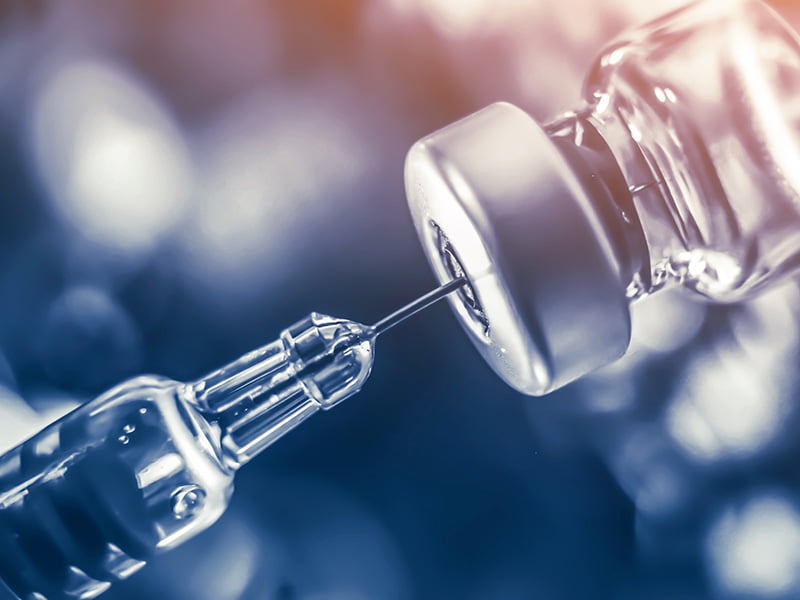The national science agency CSIRO has released a report into Australia’s pandemic preparedness, making 20 recommendations to government in six science and technology focus areas, including the development of an onshore vaccine manufacturing capability.
Titled Strengthening Australia’s Pandemic Preparedness: Science and technology-enabled solutions, the paper builds on lessons learned during the last two and a half years of Covid-19, with contributions from 146 experts from 66 organisations across government, industry, and research.
The report highlights that “nearly all of Australia’s vaccines are imported, creating potential for supply chain disruption, particularly during a pandemic”. It argues that the country requires the capability to produce a diverse set of vaccine technologies because imports will be highly competitive during the emergence of a novel virus.

The report notes that CSL has an established manufacturing capability in inactivated viruses and live attenuated viruses in Australia with these products “currently exported at large volumes” and CSL has plans to further scale up its cell-based facility.
Highlighting the challenge of developing a local vaccine manufacturing industry, the report states that “Australian companies face barriers, such as high input costs and small population for clinical trial enrolments, to scale-up manufacture onshore”.
Overall, the report calls on the government to undertake an “enhanced and nationally coordinated investments in science and technology” to provide a “wider range of complementary preparedness and response approaches”.
The six science and technology focus areas are:
- preclinical capabilities for medical countermeasures
- vaccine manufacturing
- therapeutic repurposing and novel antivirals
- point of care diagnostics for case identification
- genomic analysis of pathogens and their variants, and
- data sharing informing response strategies.
Produced by CSIRO Futures’, the national science body’s strategic and economic advisory arm, each focus area also corresponds to a 2030 target. Among these targets is an Australian onshore vaccine manufacturing capability and infrastructure capable of supporting Phase I to Phase III clinical trials. This capability should be diversified across vaccines types, including recombinant protein and viral vector technologies, according to the report.
The recommendations aim to avoid the severe costs suffered under the Covid-19 pandemic in any large-scale viral outbreak. The report found that Australia’s GDP was set back $144 billion from December 2019 through to March.
It also notes that less quantifiable costs including “impacts on mental health, social cohesion, employment, childhood development, and equity can be longer lasting and may far outweigh the direct costs”.
The federal government said it would publish a response to the report soon.
Minister for Health and Aged Care Mark Butler said the report is important for learning the lessons of the Covid-19 and “analysing how we are better placed to act faster, more decisively and in a more informed way”.
“The delivery of greater vaccine manufacturing capabilities in Australia is a great step towards future preparations and driving research into other viruses means our health experts are well placed to respond quickly to an emerging threat,” Minister Butler said.
Minister for Science and Industry Ed Husic noted that the Commonwealth has already backed the development of a vaccine manufacturing facility in Melbourne. He also added that “the National Reconstruction Fund will help reinforce our medical supply chains, backed by a $1.5 billion Medical Manufacturing Fund”.
The final arrangements in a 10-year partnership between the Commonwealth, Victorian government, and Moderna were finalised early this month. As part of this partnership, Moderna will establish an mRNA vaccine manufacturing facility at Monash University.
Do you know more? Contact James Riley via Email.

